With a positivity in his demeanor, photographer Timothy White evokes a resolute sense of adventure and unwavering curiosity for the next experience. There is a tenacity in his approach to his work, as you realize for him, everyday is taking life as it comes and squeezing every minute for all it’s worth!
What I found most profound talking to him about his craft, is that he makes pictures, he doesn’t take pictures. There is a difference, and I never thought of it that way before speaking to him.
If you were to put in a room all the people Timothy White has ever photographed, that would be a party!
It’s like the Oscars meets the White House and goes to the Grammy’s. A seemingly never-ending story of memories and emotions. In some photos, like a good song, you begin to recall where you were and who you were with when that person looked like that, or was in that movie you loved. That song you know every word to and sang when people had big 80’s hair and neon shirts. You also see images and people popular today. You can feel the paradigm shift, gradually, through his work. He creates images in a nano second, a pause, an interruption.
Scroll the gallery on his website and go down the rabbit hole a minute and you will understand the magnitude of his career that has spanned decades. Elizabeth Taylor, Brad Pitt, Robin Williams, Bruce Springsteen, Billy Idol, Ray Charles, Liza Minelli, Bruce Willis, Robert Mitchum, Arnold Schwarzenegger, Paul Newman, Aretha Franklin, Whitney Houston, Michael Jackson, and the list goes on.
It is joyful, it is sad, it is a ride. Lets hop on and see what he has to say about it all.
When was your breakout moment?
TW- It really was more about making a transition during college. I was studying landscape architecture and I was inspired by some things and certainly by the “Family of Man” book. It was a recognition of photography as a fine art form. I was really into music and I just made a decision. I transferred to the Rhode Island School of Design and realized that it was the right world for me in so many ways. It’s not even so much photography, as it was this approach to doing something creative that was not about something I had to do, something your parents wanted you to do or something about a career. It was something I felt I needed to do. Then, leaving school and going to art school was like going to art camp. You needed to figure out how to make a living from it, which is kind of fun.
I moved to New York City and opened up a studio with all the brashness and confidence that I have in my life, with two friends and started doing anything I could to do with photography. Dog portraits, real estate to whatever it took. I connected with some artists from South America that were living in New York and started working with them on some projects they were working on and ended up going back and forth to South America. Here I am, this kid in my twenties and right out of art school, with all of these aspirations and wide eyed. I’d never really traveled like that before. I wound up doing some pictures for myself and things commercially. That went on for a couple of years and I made a lot of connections with these people. They were sort of in the art world, but were documenting more with an editorial perspective photographically. I collected a bunch of these amazing portraits and pictures that I had taken along the way. I brought them to Rolling Stone Magazine and they hired me right away, based on the stuff that really didn’t have any musicians or celebrities in it. That, to me was a bench mark of where I wanted to be anyway. The fact that they hired me and saw something in the work. Then, one thing led to another. That was sort of a turning point. It was like, ok this is where I belong. This is what I wanted to do. I was in South America taking pictures and doing photo journalism. This isn’t what I wanted to do. Once I got into it, in the sense of rock and roll and shooting album covers and shooting bands, it clicked with me, it worked.
Who was the first band or musician you took a picture of?
TW: I’m not sure. It think it was Elvis Costello or Yoko Ono. Rolling Stone had sent me off to do some shoots for them really early in my career and then things took off very quickly. I had gotten hired to shoot Julian Lennon for his second album cover and third album cover and he is like my best friend now. We have been friends for thirty years and we are like brothers. So, that is something really special that came out of that.
If you could go anywhere in the world and just take pictures of a person in history, who do you think would be interesting?
TW: To be honest with you, I don’t take pictures, I make pictures. I don’t carry around a camera. I don’t roam with a camera, I don’t even own a camera. What I do is very thought out and composed. There is a staff, there is hair and makeup. Its a big production. I create these compositions in my camera and put the subject in there and I interact with them and the magic happens. I look at it like I’m more of a psychologist than I am a photographer. I’m much more of a social being than a think tank, relative to photography. It’s more about being able to relate to people and make a picture and I can make a picture anywhere. You can be sitting on a street corner somewhere. It’s about lighting, it’s about lens and a feeling for something, and of course an interaction with my subjects that gets them to relate to me and give me something. So, that’s the way I make pictures. It’s not like I am interested in going after certain people I want to photograph or anything like that and I certainly wouldn’t be into traveling around following them around (he laughs) I go someplace, it’s like I have a mandate and I have an opportunity to take pictures of the people and I make scenarios. It’s more about the next person, and the net person. It’s an adventure in itself. It’s always about the experience with me, and I’ve lived an amazing life experience so far with that attitude. It’s never been about the money or some sort of recognition, or the business of photography. I don’t look at what other photographers do necessarily.
What do you tell people before shooting them or while shooting them to make them more comfortable?
TW: I distract them! My whole approach is, I’m experienced and I have a big bag of tricks and I’ve got a great crew and we are working and I’m just talking. I’m just being me. I’m talking about my mother, about the weather. I can talk ballet or Harley Davidson. It becomes about who I’m with. I find something to communicate with them about and while we are doing that, they are distracted by our interaction. By then, I’m ready to shoot and I kind of sneak that picture in. I will be talking to Gus, my assistant Gus, put that light over there, and then I’m back at you and then I say, Give me the camera for a second and bam, bam bam! You don’t even know what I just did and I come back to that conversation and I slowly get involved in that process. Its either working, and it continues on and we do a lot within that one set up or concept, or maybe it’s a few and I move on. I just work like that repeatedly, over the amount of time you give me. If it’s five minutes, you hire me for five minutes, I’ll freaking get it in five minutes! If it’s five hours, I take those five hours and I make twenty different set ups and out of that, it allows me a kind of kill quotient to go, that didn’t work, but my God, no matter what, I’m coming away with a picture!
Where is the most interesting place you have ever traveled for work?
TW: Ive been around the world. It’s not about the place, it’s about the experience and why I’m there or what happened while I was there. There’s three reasons for me to do something photographically:
- It’s a really amazing experience or great person that I just want to meet, or I want to collaborate with that person.
- A great location. A place I haven’t been to before and I really want to go. You are sending me to Moscow for a shoot? I’m going! I’ve never been. It’s that kind of thing.
- Or, you are paying me a lot of money. It could be for shooting kids for an ad, and I’m having a ton of fun. I’ll make great pictures of it and I don’t judge it any differently. It could be, your sending me to Moscow and I have an opportunity, and I may not have another. I am definitely opportunistic without a doubt, and it’s not a bad thing. I’m just living life and I’m trying to live it the best I can. My career offers me the opportunity to do that. I’m comfortable with people and my ability to connect with people, so I’m gonna make something happen and have fun. That has built my career and made my life full.
Is there a particular picture you’ve made that you look back and say, I’m so lucky to have been there in that moment?
TW: I create the moments, so I’m not in the moments. I’m not that reportage photographer that happened to be there at that moment and caught that picture when that went down, like the President tripped off the steps coming off the plane (laughing). I create those moments. There are certainly images within my huge archive that stand out as moments that were life changing in some way. There’s one I took of Robert Mitchum in 1988, early in my career that was a game changer for me because I respected his career and who he was, his whole style so much that I was excited to do it. Over the course of the shoot, I was able to make a picture and not take pictures. Even though it was a tight edge shot, it was creative, and it was creative in a way that opened up my eyes to what I can do and what I wanted to do with my photography. Being around him and being around Audrey Hepburn a couple of times at the beginning of my career and the end of their careers, so I managed to touch on legends then, as well on a daily basis be a part of pop culture and in the moment. It’s made for a luminous archive that is really exciting, because it’s all spectrums all the way across. I’ve been in the White House multiple times. I’ve been in the Pentagon with the Secretary of Defense. Shooting everyone from Tiny Tim to Macaulay Culken. Harrison Ford to Brad Pitt and on and on and the enormity of it, when I look at it all, I can’t believe I did this. Where did I find the time for this? I look at my archive now. I’ve got a new studio and I’ve got one floor that I call the archive. It’s overwhelming. I am overwhelmed by it because it’s like, holy sh*t how did I do this?
Do you prefer to develop the film yourself in a dark room, now with the paradigm shift of using cards and photoshop?
TW: They are two different things. It’s like comparing New York to Los Angeles. That was analog, this is digital. Analog as a craft is different. I also have million more tools open for me to work with, and that is exciting. I’m very involved with the printing and we do it all in house.
Do you have any particular charities you are keen on, or do situations just come your way?
TW: It’s where I can do the most and like anything else, where it’s appreciated and you can see you make a difference. I’ve done work with AmFar. Elizabeth Taylor is one of the founders, and I’ve made this really interesting picture of Elizabeth Taylor that raised a lot of money for AmFar, so that made a difference. Also, as a board member for a charity in New York called City Harvest for ten years. I did that because I could do something good and use my celebrity relationships to put them into photographs and ad campaigns. That was probably bigger and better than it could have been. It varies, and it changes every time.
What do you consider to be one of the best investments of your time and energy? How do you compartmentalize yourself to get the most done? You seem to be getting things done!
TW: Sleep, which I never get! I’m always full of energy. I’ve got a lot going on. I’m a whirling dervish. What I try to do, is be present in the moment, if that is possible. I’ve realized through many things in my life and in particular my parents, at the end of their life, what’s important and how little time we have and how lucky I am to have had the life I have led. So, I try and be in the moment. I watch so many people that don’t have that perspective and are so lost and caught up in things. I just try to be there and look people in the eye when I’m with them and not look over their shoulder to what’s going on around. I try and listen and try to be somebody that someone will say, he’s a nice guy, he paid attention.
Visit Timothy White’s Website at www.timothywhite.com
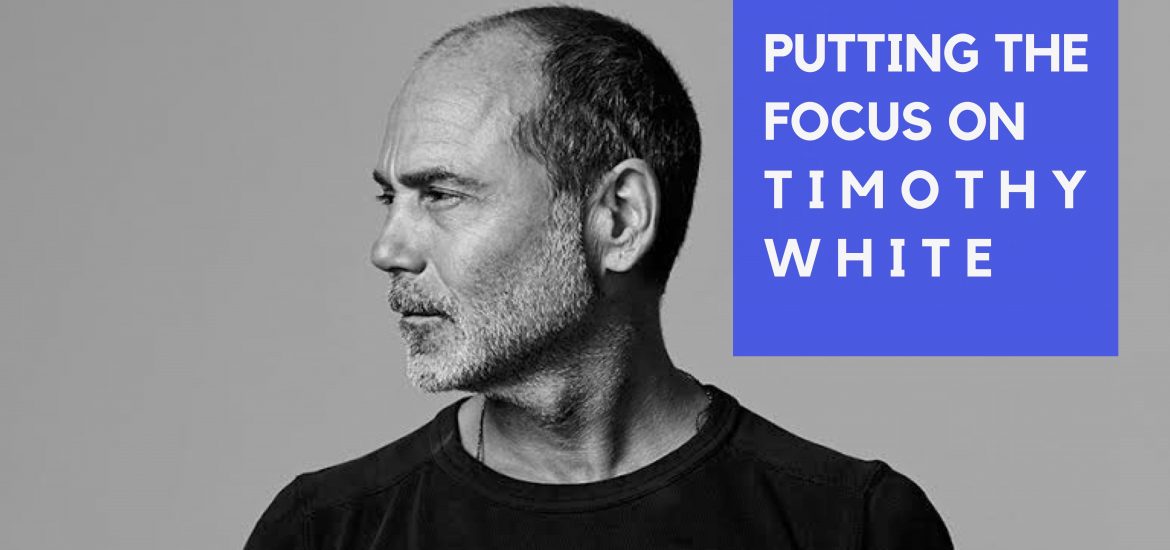
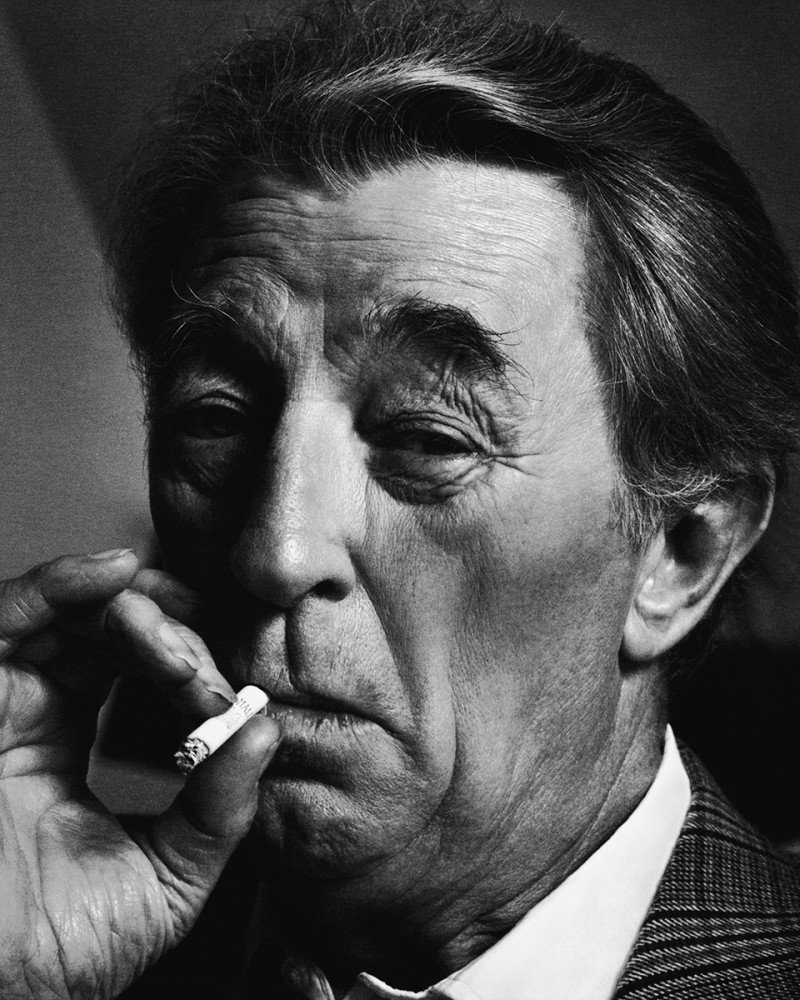
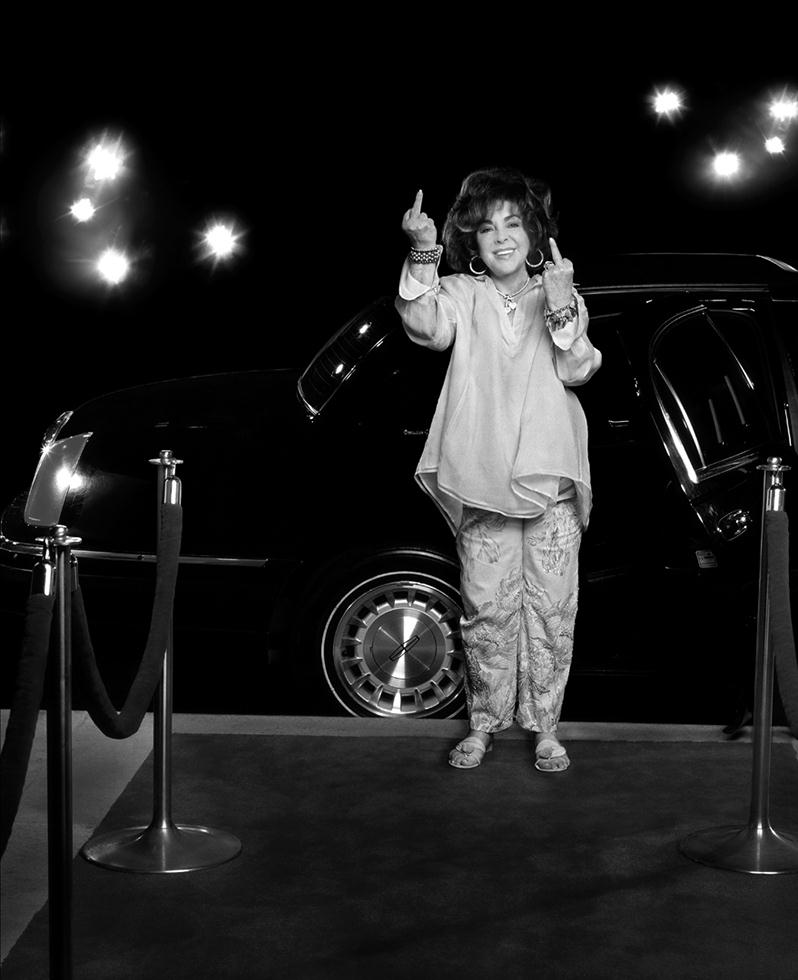



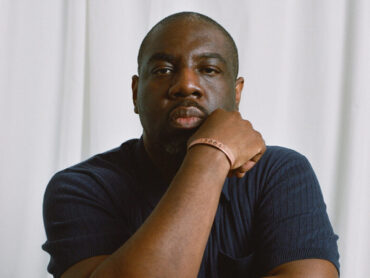
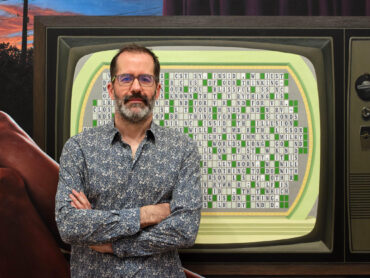
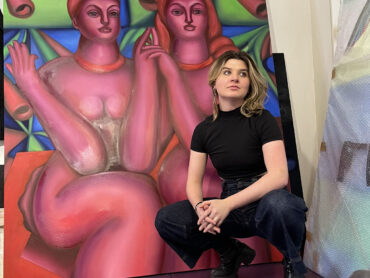
Comments